Search ASU News stories
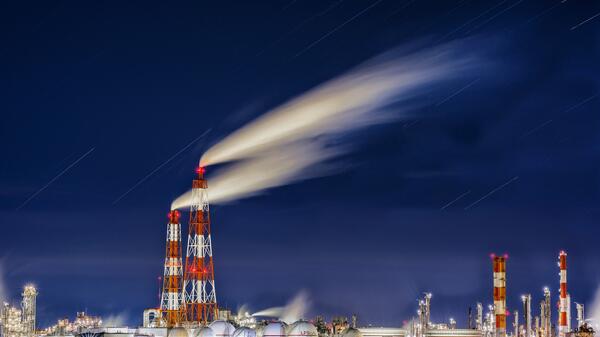
|
Understanding past climate change 'tipping points' can help us prepare for the futureOf all the creatures on Earth, humans manipulate their environments the most. But, how far can we push it before something drastic happens? Scientists are calling for a better understanding of past extreme climate change events in an attempt to anticipate future… |
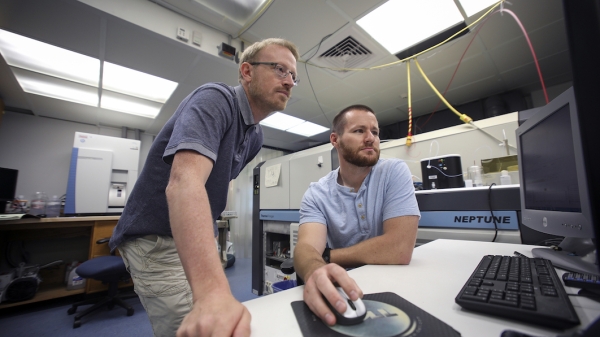
|
ASU grad student leads study estimating oxygen loss in ancient oceanA loss of oxygen in global ocean seawater 94 million years ago led to a mass extinction of marine life that lasted for roughly half a million years. Scientists have found several potential explanations for how the loss of oxygen happened. These could include… |

|
Magma ocean may be responsible for the moon’s early magnetic fieldAround four billion years ago, the moon had a magnetic field that was about as strong as Earth’s magnetic field is today. How the moon, with a much smaller core than Earth’s, could have had such a strong magnetic field has been an unsolved problem in the history of the… |
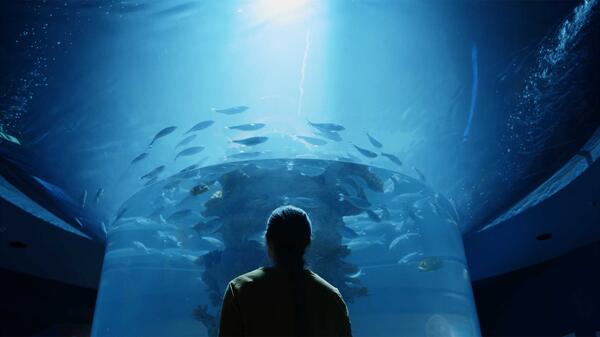
|
ASU named No. 1 in innovation for eighth straight yearFor the eighth year in a row, Arizona State University is No. 1 in innovation in the newly released annual Best Colleges rankings by U.S. News & World Report. Over the past 20 years, ASU has grown from a… |
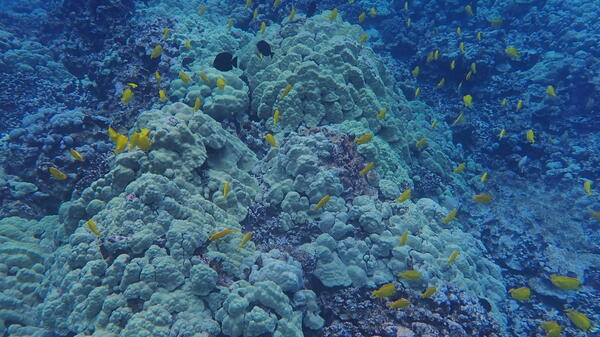
|
Scientists report new findings on the role that fish play in balancing coral, algae on reefsWhen people think of coral reefs, images of beautiful colors and structures come to mind. But beyond aesthetic pleasure, coral reefs provide numerous benefits, ranging from food security and coastline protection to their role in coastal traditions and cultures.… |

|
ASU working to save Hawaiian coral reefs during onset of new ocean heat waveEditor's note: Be sure to check back on ASU Now for this developing story, and the website Hawaiicoral.org as we provide further updates. Or follow us on social media:… |
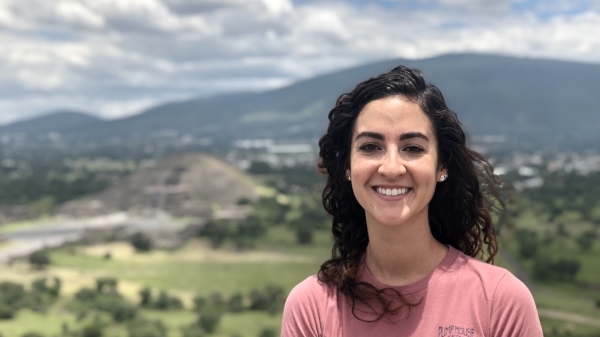
|
Advancing environmental justice by making fisheries more equitableGrowing up in Arizona, Gabrielle “Gabby” Lout was fascinated with the ocean. “Not having the ocean right in my… |

|
ASU researchers study largest impact crater in the US, buried for 35 million yearsAbout 35 million years ago, an asteroid hit the ocean off the East Coast of North America. Its impact formed a 25-mile diameter crater that now lies buried beneath the Chesapeake Bay, an estuary in Virginia and Maryland. From this impact, the nearby area experienced… |

|
Desert oceanographer explores tiniest of ocean plants as nature’s carbon 'pumps'While millions of travelers will frolic on the beach during their summer vacations, most are blissfully unaware of the billions of microscopic plants making ocean life — and our lives — possible. These microscopic creatures, known as phytoplankton, not only help… |
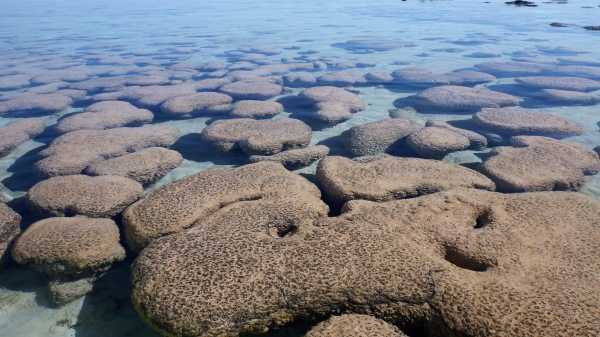
|
Ancient rocks provide clues to Earth’s early historyOxygen in the form of the oxygen molecule (O2), produced by plants and vital for animals, is thankfully abundant in Earth’s atmosphere and oceans. Researchers studying the history of O2 on Earth, however, know that it was relatively scarce for much of our planet’s 4.6… |

